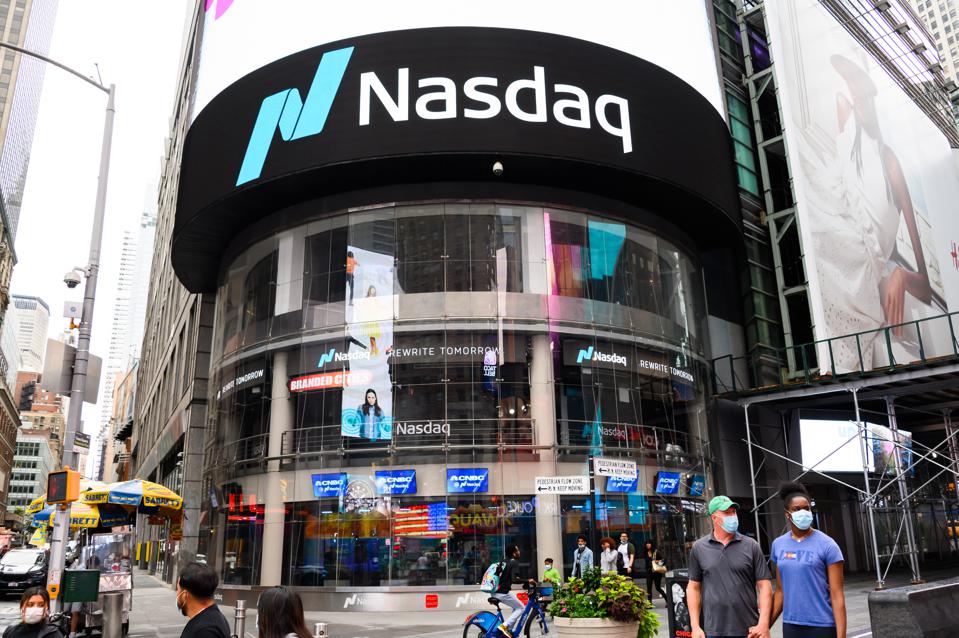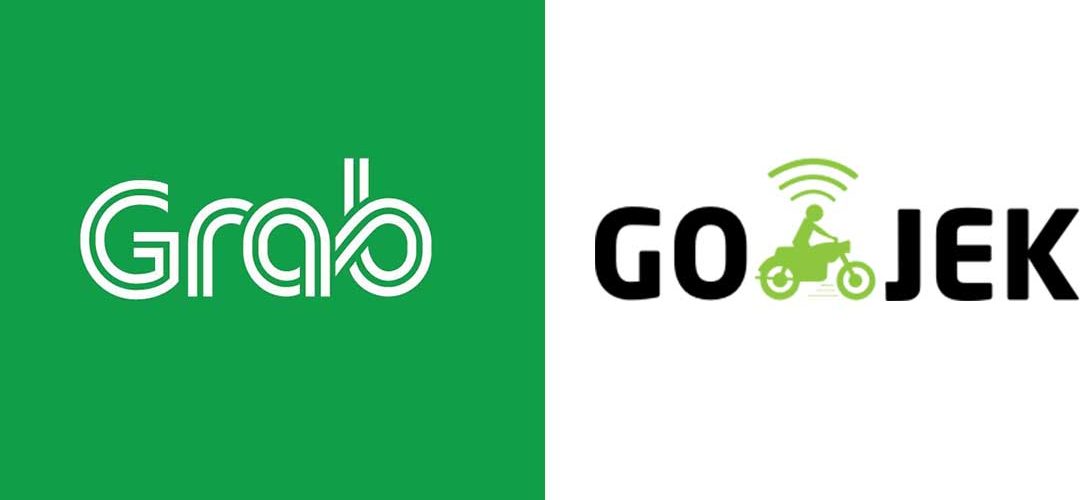
Sumo Logic Files S-1, The Intelligence Economy Goes Public
Cloud software management company Sumo Logic has completed its S-1 filing with the aim of raising up to US$100 million in a Nasdaq public offering. During the ‘quiet period of all quiet periods’ through the Covid-19 (Coronavirus) pandemic, Initial Public Offerings (IPOs) have been drastically reduced in the US, London and the rest of the world. This move by Sumo Logic appears to be part of the start of a reawakening for Nasdaq, which overtook the NYSE this June.
The growth of cloud-native technology
This technology is (arguably) of-the-moment due to the fact that an increasing amount of software applications are being built as cloud-native apps that will live almost exclusively in a cloud service provider’s datacenter. Customers still need insight (the industry’s favored term is ‘observability’) into how these apps are running, despite their abstracted virtualized existence. Sumo Logic provides that layer of knowledge by running data log analytics over every action that these cloud apps perform.
According to a report on CRN, Sumo Logic has said that, “We expect our operating expenses to increase significantly over the next several years, as we continue to hire additional personnel, particularly in sales and marketing and research and development [and] expand our operations and infrastructure. If we fail to increase our revenue to sufficiently offset the increases in our operating expenses, we will not be able to achieve or maintain profitability in the future.”
Cloud management, orchestration & observability are key
It’s almost as if a new umbrella term is needed for companies developing software in the IT Operations Management (ITOM) market, in the age of cloud. Orchestration and observability are key enablers for software systems that run in the virtual headspace of the cloud. Data flows in this zone need end-to-end analytics, some of which will be automatically enabled via log analytics (applications have to produce logs, it’s just in their DNA) and also via traces (when human operators create specific analytics) and Sumo Logic estimates its total addressable market opportunity to be approximately US$55.1 billion (based on data from International Data Corporation – IDC).
“We calculated this estimate by aggregating 2020 projected revenue by organizations in the following IDC software categories: advanced and predictive analytics software; AI software platforms; content analytics and search software; end-user query, reporting, and analysis software; software change and configuration management; security analytics, intelligence, response, and orchestration; and IT operations management (ITOM) software, across on-premise and cloud environments.4 We believe that our platform currently addresses a significant portion of this market, and we intend to further expand our offerings to capture more of this market in the future,” noted Sumo Logic, in its SEC statement.
Into the cloud wrestling ring
Sumo Logic’s competitors include Splunk, AppDynamics, Datadog and New Relic (the latter being a partner also) and the market also has related offerings in this space from IBM, Microsoft, BMC Software and CA Technologies.
“I can’t speak directly to Sumo Logic’s potential for success, but I do know its area of focus is well-merited,” said Jon Collins, VP of research at technology research and analysis company GigaOm. “From the cloud consolidation wave we’ve seen across the past decade, we’re approaching a wave of redistribution, from edge computing, to multi-cloud architectures and the hyper-distributed nature of containerized applications. The result is complexity, all of which needs to be managed — which means collating telemetry and other data from an astonishingly broad range of sources and presenting it in a usable way. As an industry, we are finding ourselves needing new terms, such as observability, which encompass the challenges of (and opportunities from) hyper-distribution: no organization has a monopoly on the answer, leaving the door wide open to a range of new solutions and offerings that harness the wealth of data now available, across security analytics, AIOps and more.”
The number of shares to be offered and the price range for the proposed offering have not yet been determined. Sumo Logic has applied to list its common stock on the Nasdaq Global Select Market under the ticker symbol “SUMO”. Whether the company can become the heavyweight in the market (regardless of the muscle suggested by its choice of ticker symbol) will be up to the customer base to decide.







